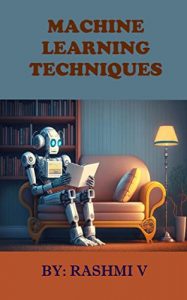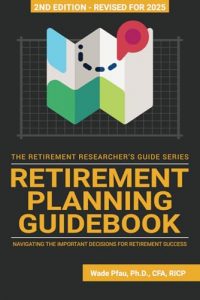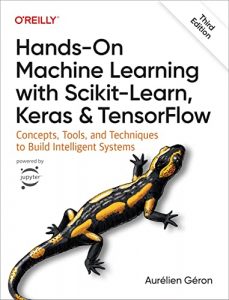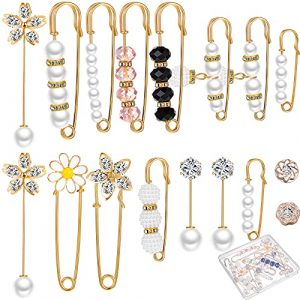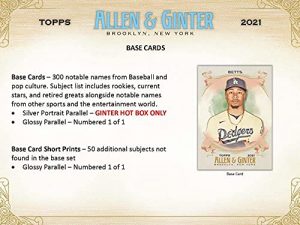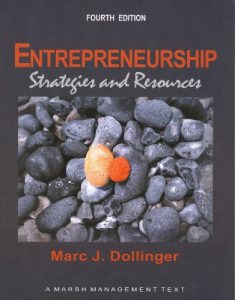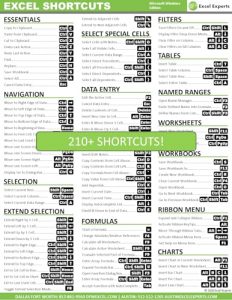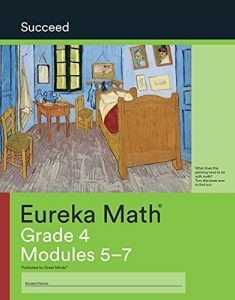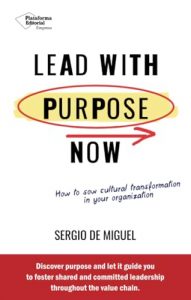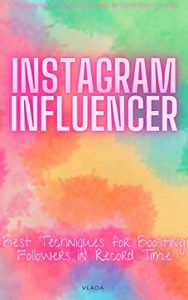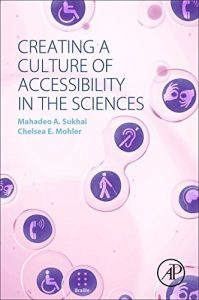1. Universal Principles of UX: 100 Timeless Strategies to Create Positive Interactions between People and Technology
Written by Irene Pereyra, this book offers a comprehensive overview of the fundamental principles of user experience design. Spanning all critical areas, it emphasizes strategies that create positive interactions between users and technology. This is a must-read for anyone looking to enhance their UX skills, especially in today’s rapidly evolving digital landscape. With practical insights and timeless strategies, Pereyra guides readers through UX concepts that are crucial to creating user-centered designs. Understanding these principles can make the difference between user frustration and a delightful experience.
2. Laws of UX: Using Psychology to Design Better Products & Services
Jon Yablonski’s “Laws of UX” is a groundbreaking work that intertwines psychology with UX design. This book reveals how psychological principles can be put into practice to design products and services that resonate with users. Yablonski delves deep into the user’s mind to explain how understanding cognitive biases can lead to effective design strategies. If you’re a designer who wishes to create more intuitive and enjoyable experiences, this book is indispensable. It seamlessly combines theory and practice, making it accessible to both budding and experienced designers alike.
3. Introduction to Design Thinking for UX Beginners: 5 Steps to Creating a Digital Experience
Uijun Park’s “Introduction to Design Thinking for UX Beginners” breaks down the design thinking process into five actionable steps, making it easy for novices to grasp. This book is crafted for those who aspire to engage users through effective UX and UI design. Park not only introduces the core concepts but also provides practical tips that help readers transition from theory to application. With engaging illustrations and clear guidelines, beginners will build a solid foundation in UX design, helping them advance their careers in this exciting field.
4. Designing and Prototyping Interfaces with Figma
Fabio Staiano’s insightful book, “Designing and Prototyping Interfaces with Figma,” is your go-to guide for mastering Figma and UI/UX principles. Staiano provides designers with the tools to elevate their craft by learning how to create compelling interactive prototypes. The guide is particularly useful for professionals who want to optimize their workflow by utilizing modern design tools. This book not only covers the mechanics of Figma but also dives into the essential principles of UX design. It’s a perfect blend of theoretical knowledge and hands-on guidance.
5. Solving Product Design Exercises: Questions & Answers
“Solving Product Design Exercises” by Artiom Dashinsky is designed for those keen on preparing for product design interviews. This book serves as an extensive repository of diverse exercises and exemplary answers. As product design roles grow more competitive, understanding how to articulate your design process effectively is paramount. Dashinsky covers common exercises encountered in interviews and offers strategies to tackle them smoothly. This guide is a brilliant resource for aspiring designers wanting to refine their problem-solving skills in a structured manner.
6. UI Design with Figma: From Beginner to Pro
In “UI Design with Figma: From Beginner to Pro,” Valeria Celis and co-authors provide a thorough guide to mastering UI/UX design using Figma. This book is tailored for those who wish to build stunning web and app designs through step-by-step tutorials, making it accessible to designers at any level. The authors emphasize practical skill development, ensuring that readers cultivate a deep understanding of effective UI design processes. Anyone looking to enhance their design capabilities will find this book a tremendous asset in their library.
7. The Ultimate Handbook of UI/UX Product Design
Lise Pilot’s “The Ultimate Handbook of UI/UX Product Design” dives into the intersection of artificial intelligence and UX design. As technologies evolve, understanding how to create designs that thrive in an AI-driven world is pivotal for any designer. Pilot brings forward essential insights and methodologies that will keep you ahead in the game. This comprehensive handbook is rich with examples, strategies, and the latest trends, marking it as a critical read for designers passionate about utilizing AI to enhance user experiences.
8. The Art and Science of UX Design
Anthony Conta’s “The Art and Science of UX Design” is a masterclass in creating outstanding user experiences. This book serves as a practical guide that leads readers through critical design principles and effective strategies. Conta emphasizes the balance of art and science in UX, allowing readers to appreciate design aesthetics while relying on data-driven decisions. Individuals eager to transform their approach to design, whether they are students or professionals, will find invaluable insights within these pages.
9. Laws of UX: Using Psychology to Design Better Products & Services
Both Jon Yablonski and Jason Leikam’s edition of “Laws of UX” is an important companion to the psychology behind effective design. Priced affordably, this book enhances understanding of the cognitive principles that guide human behavior in interaction with design elements. By incorporating these insights into your design process, you can create products that are not only functional but also enjoyable to use. For anyone interested in mastering the psychological aspects of UX, this dual authorship offers a rich perspective.
10. UX/UI Designer Notebook (White)
The “UX/UI Designer Notebook” by Scripto Love serves as a sketchpad for budding designers seeking to develop their ideas. This 120-page notebook is an ideal companion for UX/UI design enthusiasts who love to jot down brainstorming ideas, wireframes, and app mockups. It encourages creativity with a handy format catering to mobile, tablet, and desktop designs. The notebook not only provides a space for sketches but also acts as an essential tool to enhance design thinking and visual communication skills.















